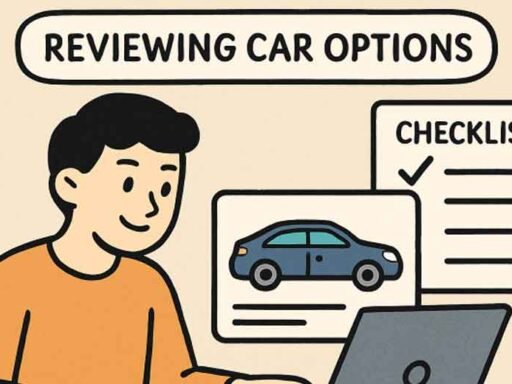Do you want your website to be visually appealing and have a high conversion rate? But no matter how much effort you put into your content or SEO practices, you still struggle to achieve your conversion percentage goal. We hear you; we have all been there at least once.
To attract visitors who will interact with your content and complete your desired actions, you must improve your website’s UX design elements and stay up with the latest trends. To help you, we consulted with the successful Chicago web design agency, which provided us with the best tips about upgrading your website design to boost conversion rates.
Improve Page Loading Speed
Page loading speed is one of the most crucial factors in website visitor conversion. Users don’t like waiting long for pages or design elements to load. If your website has a slow loading speed, the chances of high bounce rates are increased exponentially. This means visitors will probably get frustrated by the waiting period and proceed to get the desired action on some other site, costing you a potential customer.
To avoid bounce rates, you should focus on a few crucial website speed strategies, like compressing images and using the right image formats to reduce how long it takes for media to load and show on the screen.
Another way to increase page speed is to start paying for content delivery networks (CDNs), which can help you distribute your content more efficiently. Lastly, reducing the number of HTTP requests and using browser caching can also reduce slow-loading page speed.
Prioritize Mobile-friendliness
Today, most users access the internet through their smartphones, so designing a mobile-responsive website is necessary to get higher conversion rates. Making your site mobile-friendly will provide your target audience a more enjoyable viewing experience, increasing the chances of visitors wanting to remain on your site and explore your content.
The first step is optimizing your website’s navigation for the touch screen. This means users can easily navigate your content using their finder instead of a mouse and keyboard.
Additionally, you must ensure image and video media fit on small screens optimally without losing resolution or experiencing negative changes. You can use many design techniques to adapt images, videos, and general website layouts for smaller screens.
Optimize Your Navigation Layout
If your website lacks clear and consistent navigation, visitors will likely get confused or lost and leave the site. User-friendly navigation is essential to keeping visitors engaged and helping them find what they came for.
Upgrading your navigation layout is a smart move to increase conversion. Start by creating a brief and concise menu label—that will make the navigation much more friendly and enjoyable. After that, to make site navigation even more accessible, add a search bar to instantly provide visitors with an option to find the information they need.
Create High-Quality Content
In website design, content is king. Original and valuable content makes your site unique and helps it stand out from the crowd.
Content is the foundation of your website; you must make it engaging, enjoyable to read, and relevant to keep visitors on your site for a longer period of time and increase the chances of them converting into paying customers.
Aim to create content that addresses your visitors’ pain points and provides relevant solutions that entice them to convert. The content can be text, such as a blog or a series of articles, or multimedia content, such as videos and presentations. This way you will have more appealing and diverse content that will boost website traffic and engagement if you maintain it and keep it updated to stay relevant.
Focus on Website Accessibility
Making sure that your website is accessible to all users, which includes individuals with disabilities, is not only ethically correct but also vital for conversions.
Some visitors may have visual or hearing problems, so make sure that you provide alternative text for images and close captions for videos. Also, more straightforward keyboard navigation is always welcomed if you want to have an inclusive and well-respected website.
To get more information on possible ways to make your site more inclusive, you can follow ADA accessibility guidelines and test your website with assistive technologies to see where you potentially lack in terms of making it friendly to all visitors.
Keep The Design Concise
Minimalism has been a popular trend for a few years, and it looks like it is here to stay. However, that trend is not arbitrary; a concise design without unnecessary elements or clutter is aesthetically pleasing and improves the user experience.
To make your website visually appealing for visitors’ eyes, try to eliminate all redundant features that don’t contribute to users’ experience or your sales funnel. You can achieve this by choosing a color palette that gives your pages a cleaner and smoother look. On top of that, white spaces can contribute to reducing visual noise and increasing content readability.
Final Thoughts
If you are struggling with low website conversion rates and think the design is the key problem, don’t worry; with our tips, you can overcome this issue and get visitors to interact with your content.
Website conversion optimization is a continuous process, but with effort and consistency, you will soon start seeing results. Stay focused, and watch how your business website starts attracting more traffic and converting users into loyal clients.





